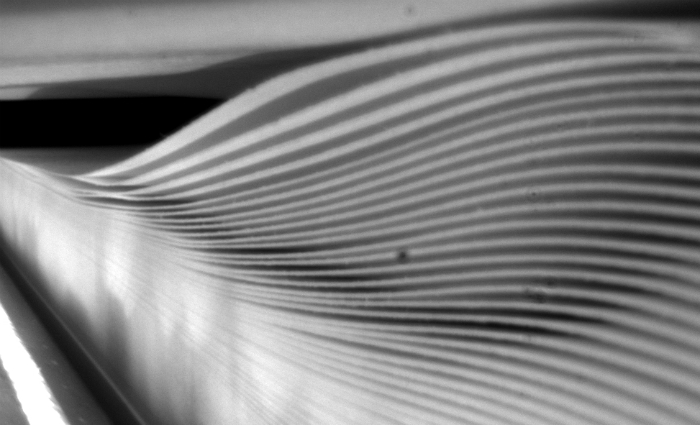
More than half of printers polled in the week after paper prices jumped 10 per cent say they will pass on the price hike to their customers, though some favourite clients may be spared.
Many printers contacted by ProPrint were not willing to talk publically, but say some printers will not actually be saddled with the full rise as paper merchants have never had much success passing on the full rises to bigger printers with more bargaining power.
They also say the suppliers should take a look at their own operations for cost savings, saying they are inefficient with too many staff compared to turnover, before they pass their costs on.
A ProPrint poll of 131 Australian print professionals found 55 per cent plan to pass on the full cost of the increase to their customers, while another 15 per cent will share the pain and only pass on some of the costs. Only nine per cent say they will absorb them.
A further 21 per cent said it depends on the client, indicating favoured long-term clients, or new or irreplaceable ones, might be spared some or all of the price hike to keep their orders flowing.
[Related: Paper prices goes up 10 per cent]
Some printers are planning to fight the price rise, or at least negotiate with their paper merchant for a better deal.
Civic Media managing director Adam Middleton says the Queensland wide format printer was offered a 7.5 per cent price hike by its supplier but plans to negotiate for a much lower figure.
“We want to keep it as close as possible to the price we have been basing our cost estimates on for this year,” he says.
“It’s hard enough making sales at the current prices without a further increase on top of that.
“Paper merchants should be negotiating with their own suppliers instead of just passing the cost on to us, and the price should be set in Australia and not dependent on currency fluctuations.”
SOS Print director Michael Schulz says the rise is too big for the offset and digital printer to absorb, but hopes to work with major clients to find ways to keep costs near their current levels.
“Some things we are able to compensate for with technology, but not others, we can also talk to them about standardising paper stocks or investigating alternatives,” he says.
“Of course if they are willing to commit to a long term deal we could work out a better price, too.”
He says using new technologies like inkjet digital printing as opposed to toner sheetfed engines, which allows a wider variety of paper, might be another option for keeping costs down.
[Related: More paper news]
Smaller printers like Byron Bay’s Artisan Press say they don’t have much choice but to accept the rise and pass it on to clients.
Owner Wayne Davis says: “The first one you can absorb but the next you have to pass on.”
“While price rises are reasonable it’s difficult to believe the dollar makes this much of a difference,” he says.
“We are concerned, but as a small printer it doesn’t hit us as hard as bigger ones, and it’s not like we have much bargaining power.”
Blue Star chief executive Geoff Selig – who buys more sheetfed paper than anyone else in the country – says currency rates are one component that affects paper prices and he accepts the need to increase it as a result.
“You would just hope there’s no attempt to increase the base price beyond that under the guise of the currency, especially given our good relationship with them,” he says.
“It is an unhelpful time for upward pressure on raw materials given the still soft Australian economy, and the behaviour of Australia Post in increasing stamp prices and competing with its own customers, which like many of us I have an issue with.”
[Related: Horror month for print industry]
Paper merchants are blaming the price hikes on rising costs and the fall of the Australian dollar driving up the price of raw materials from overseas.
The big three Australian merchants have all confirmed price rises: K.W. Doggett will increase up to 10.5 per cent from March 17; BJ Ball eight per cent from March 31, Spicers nine per cent March 31; and Sappi 8-10 per cent across all grades, sheets and reels from April 1.
Comment below to have your say on this story.
If you have a news story or tip-off, get in touch at editorial@sprinter.com.au.
Sign up to the Sprinter newsletter
